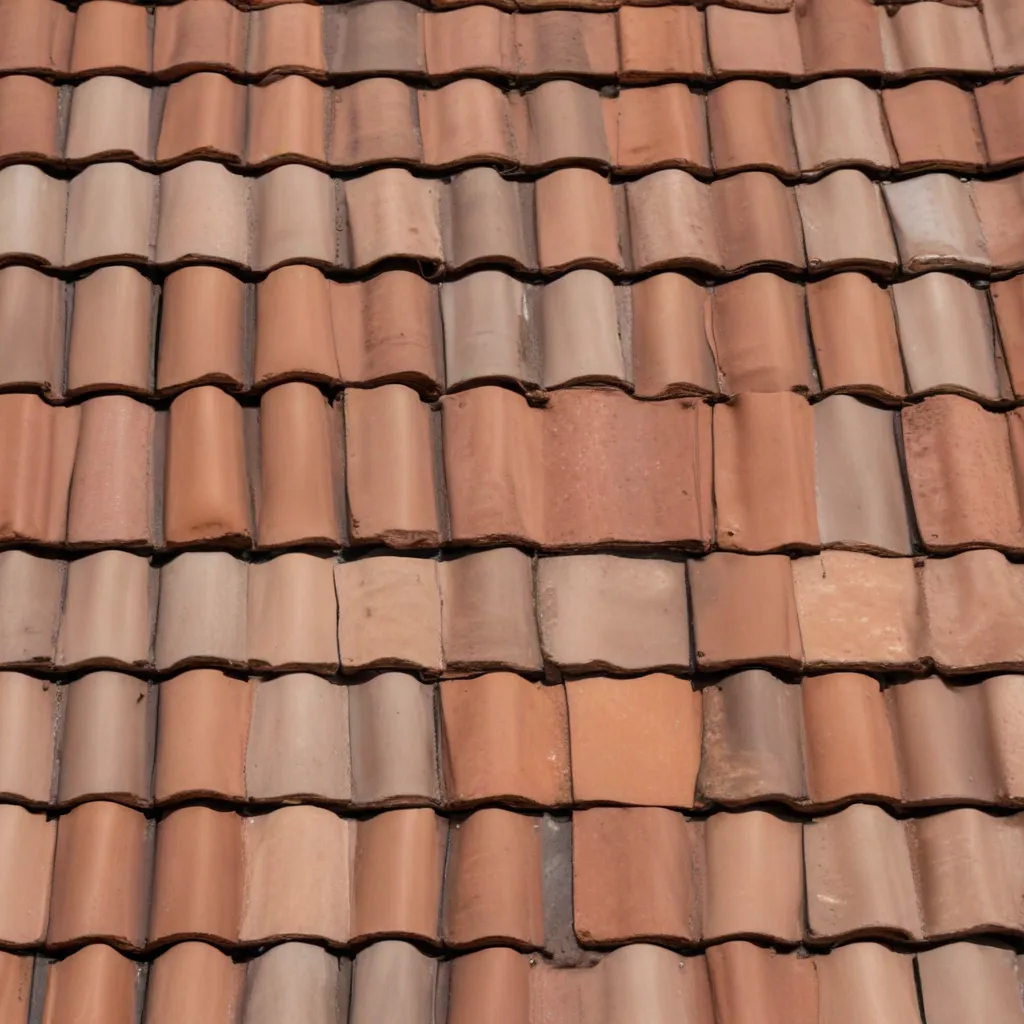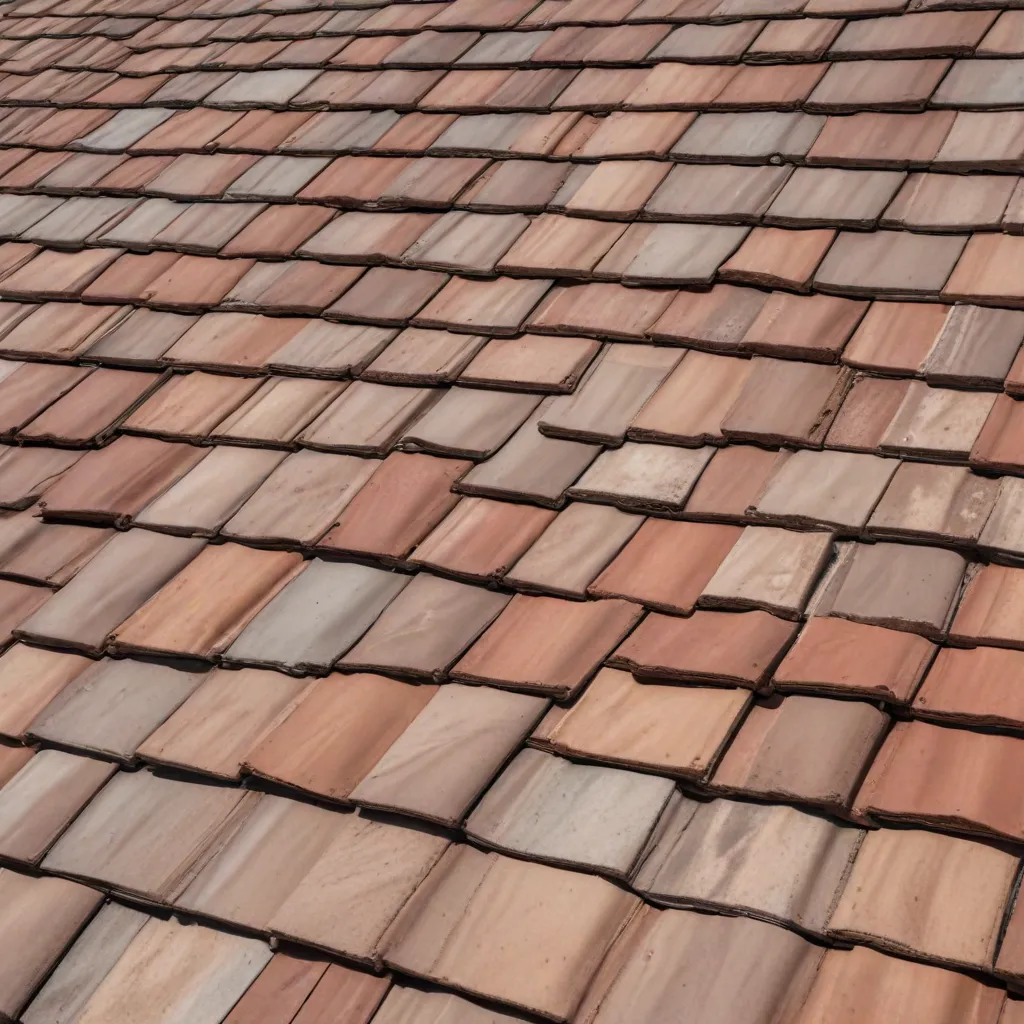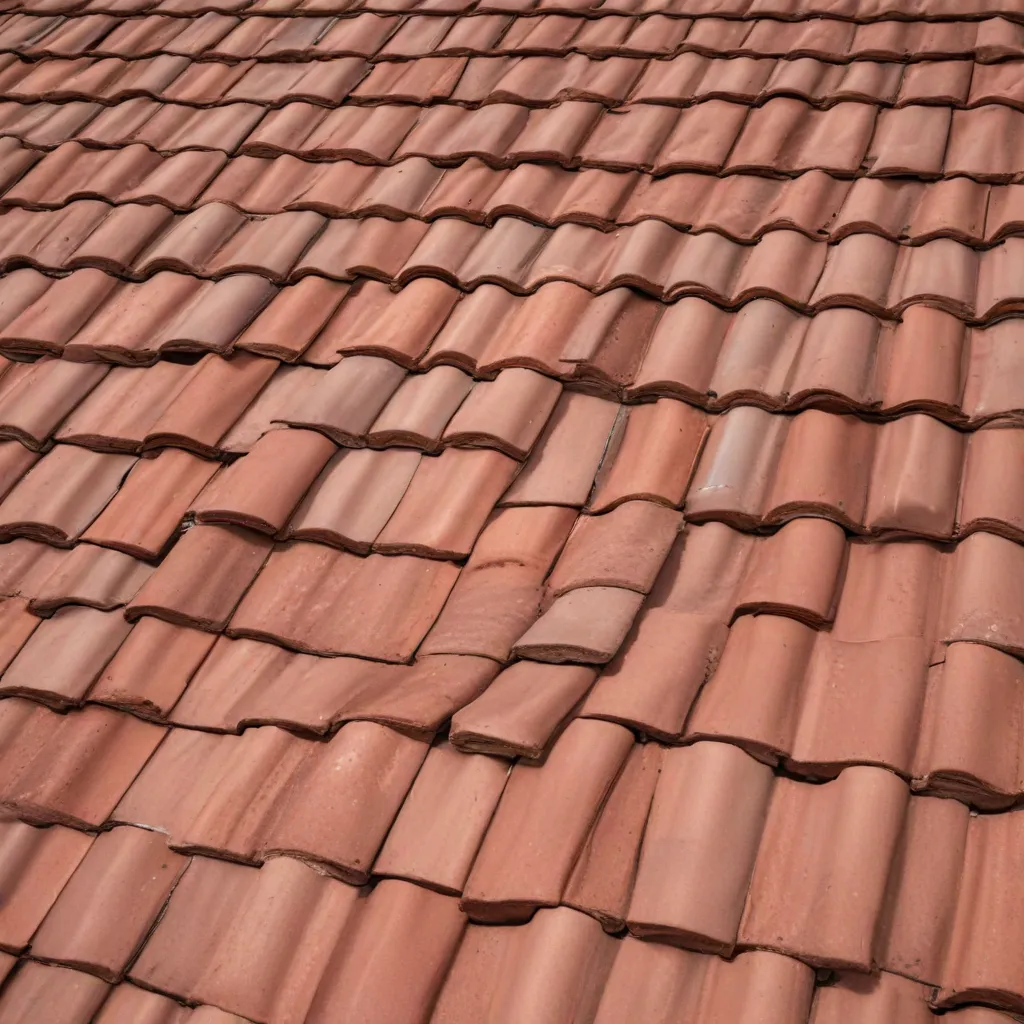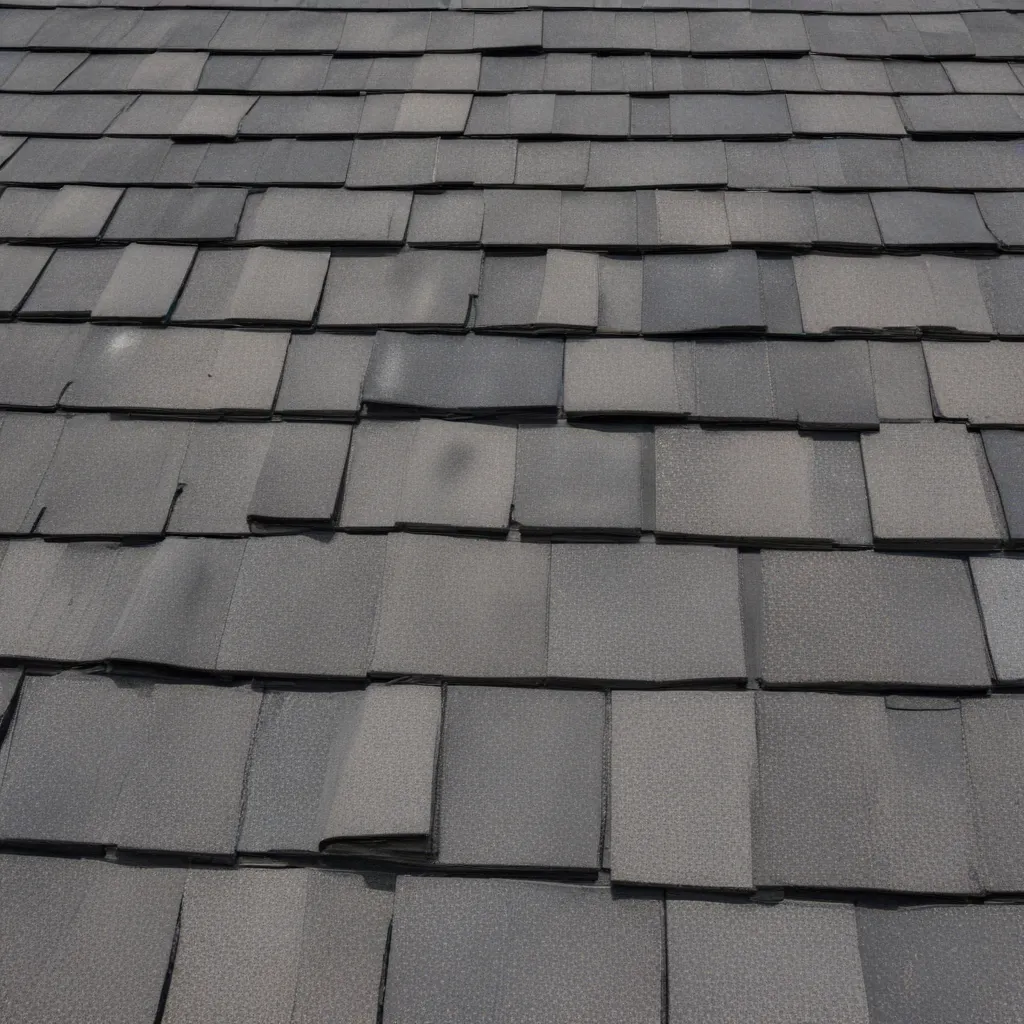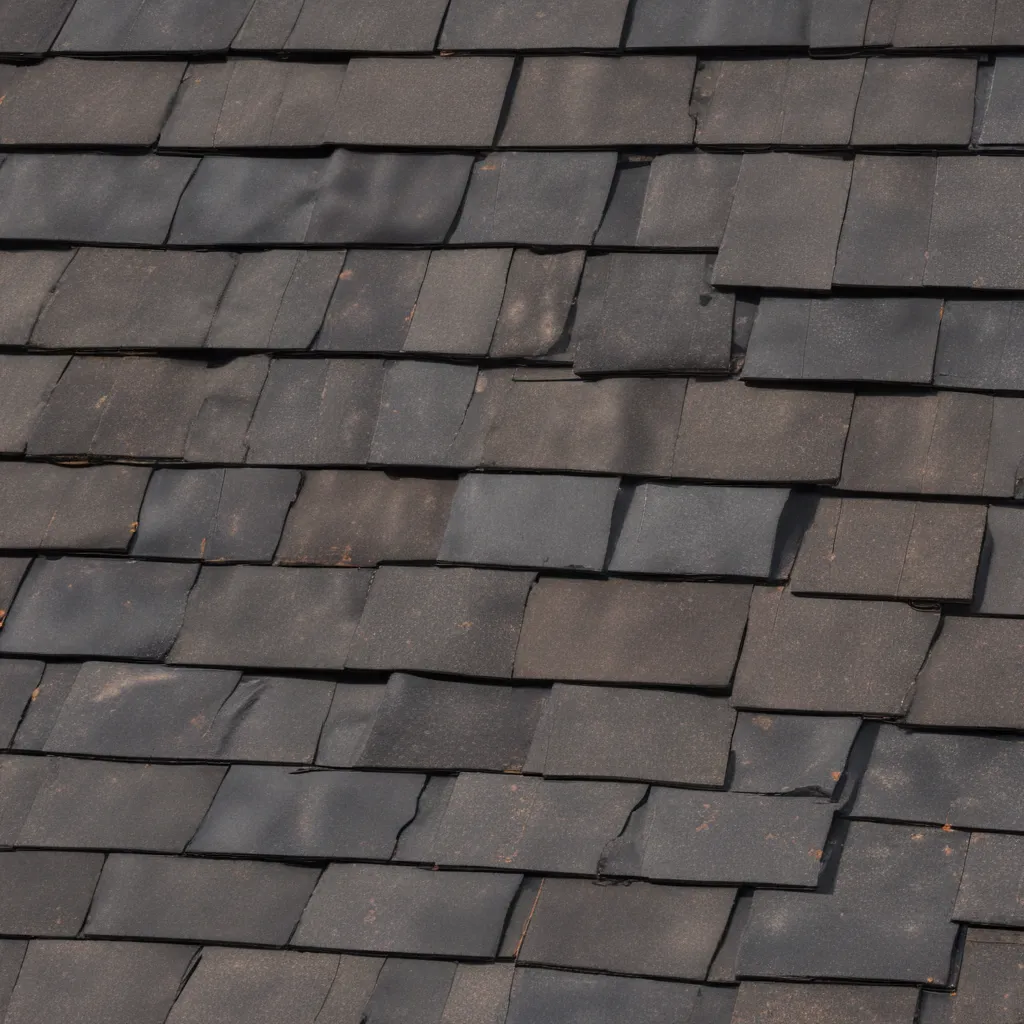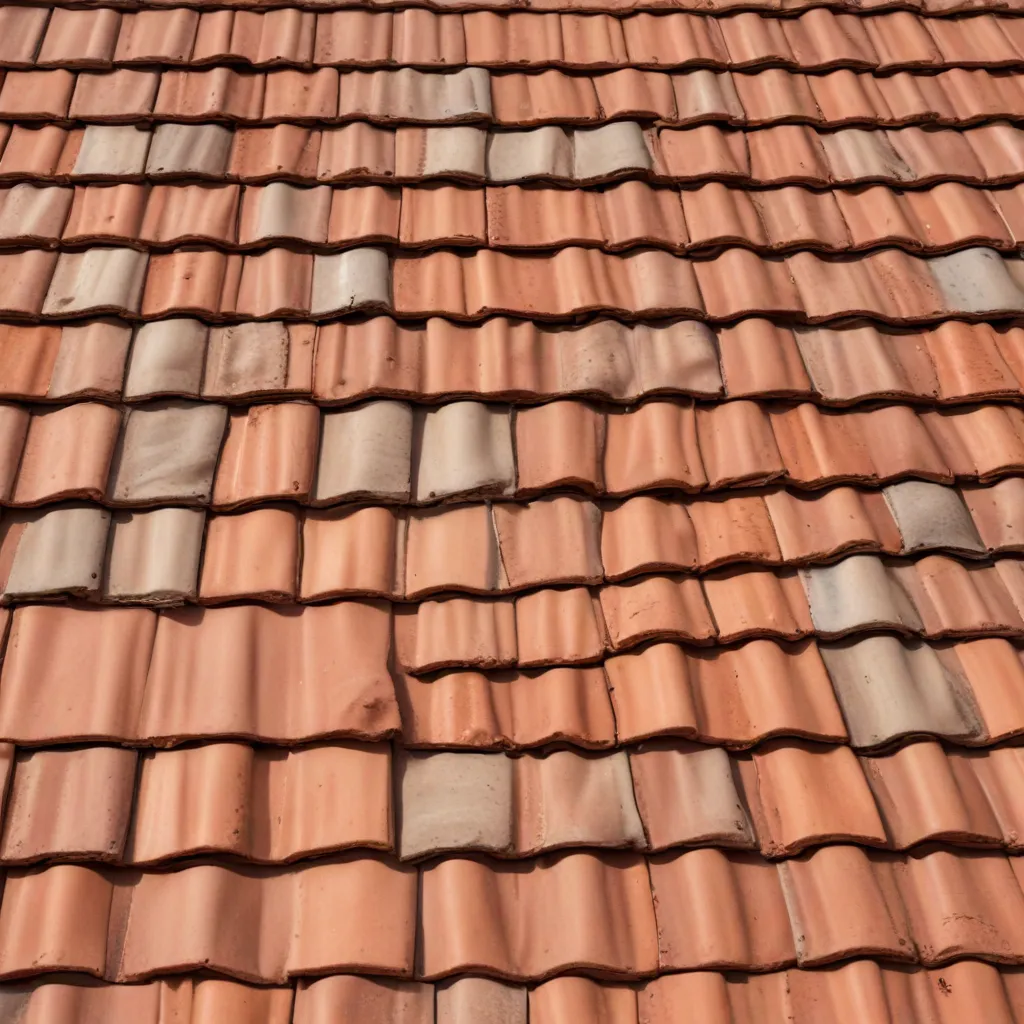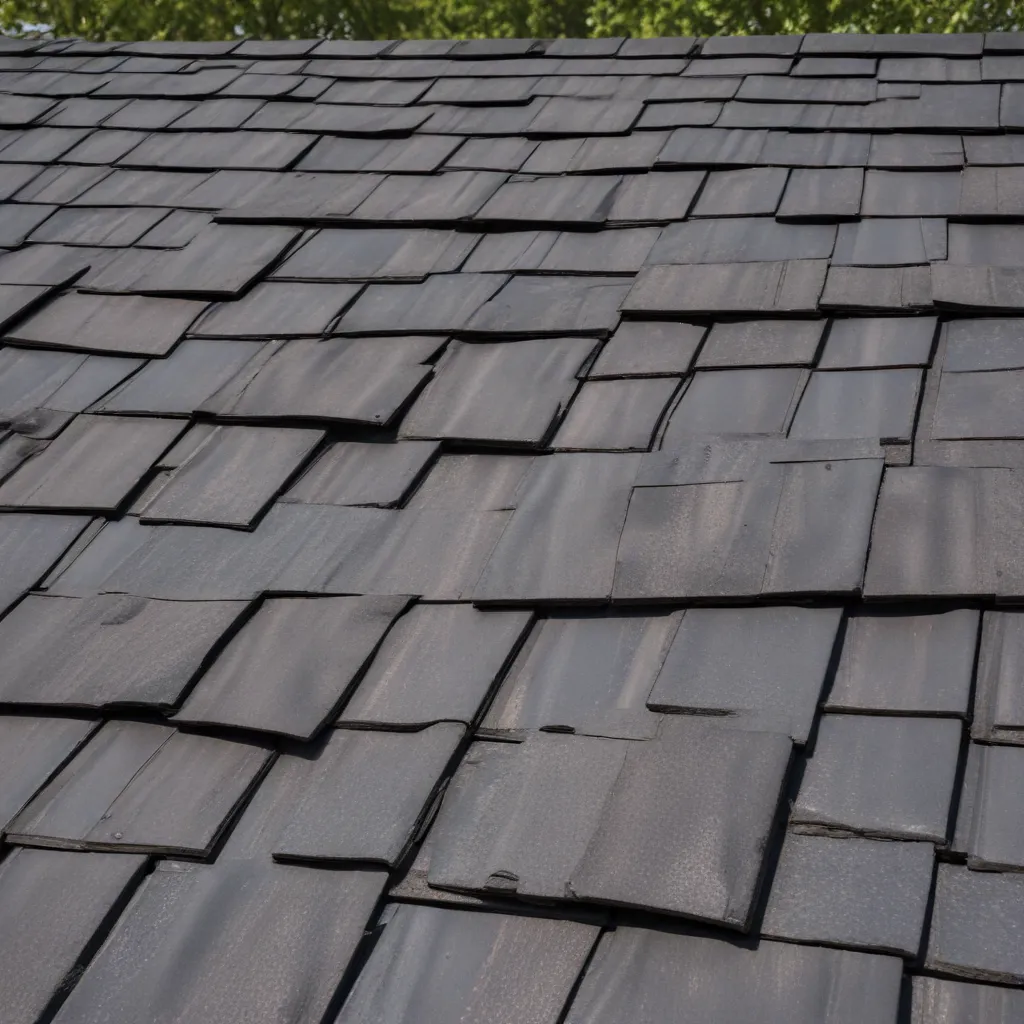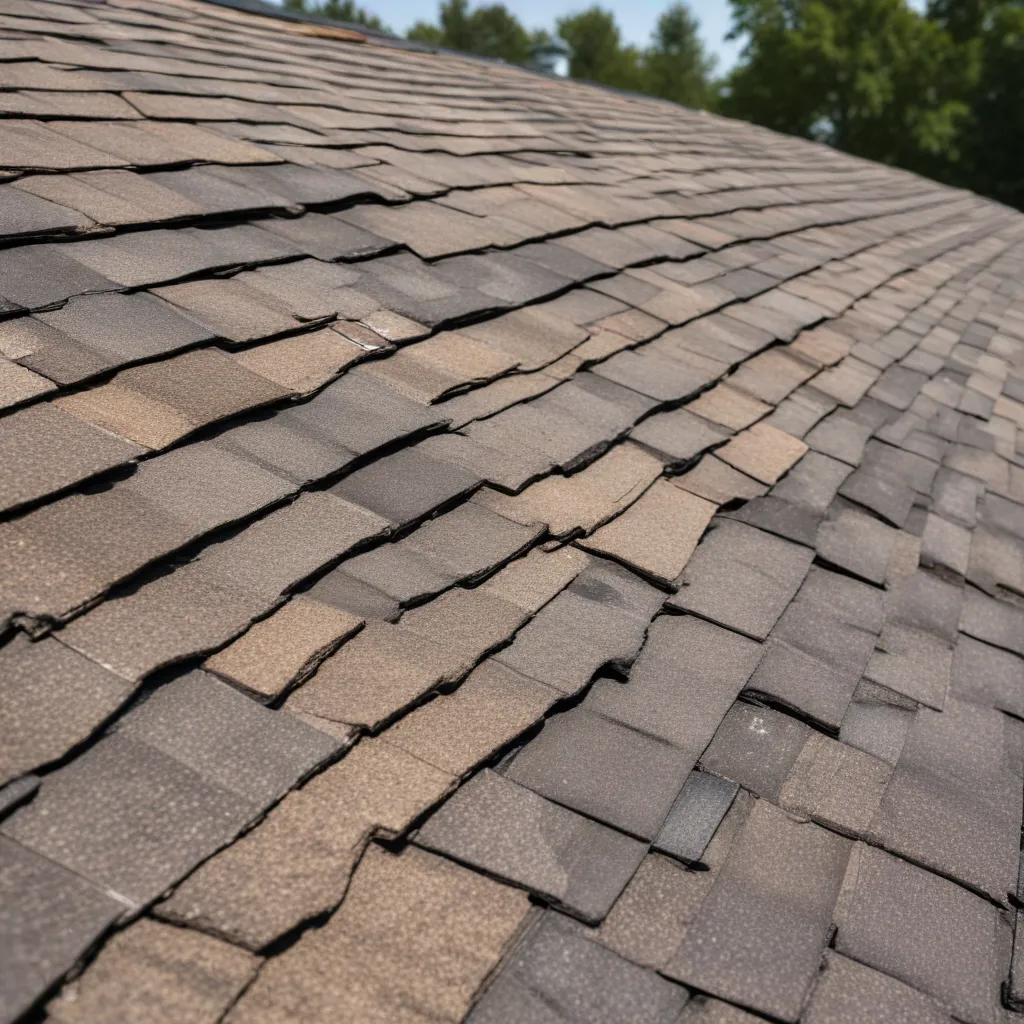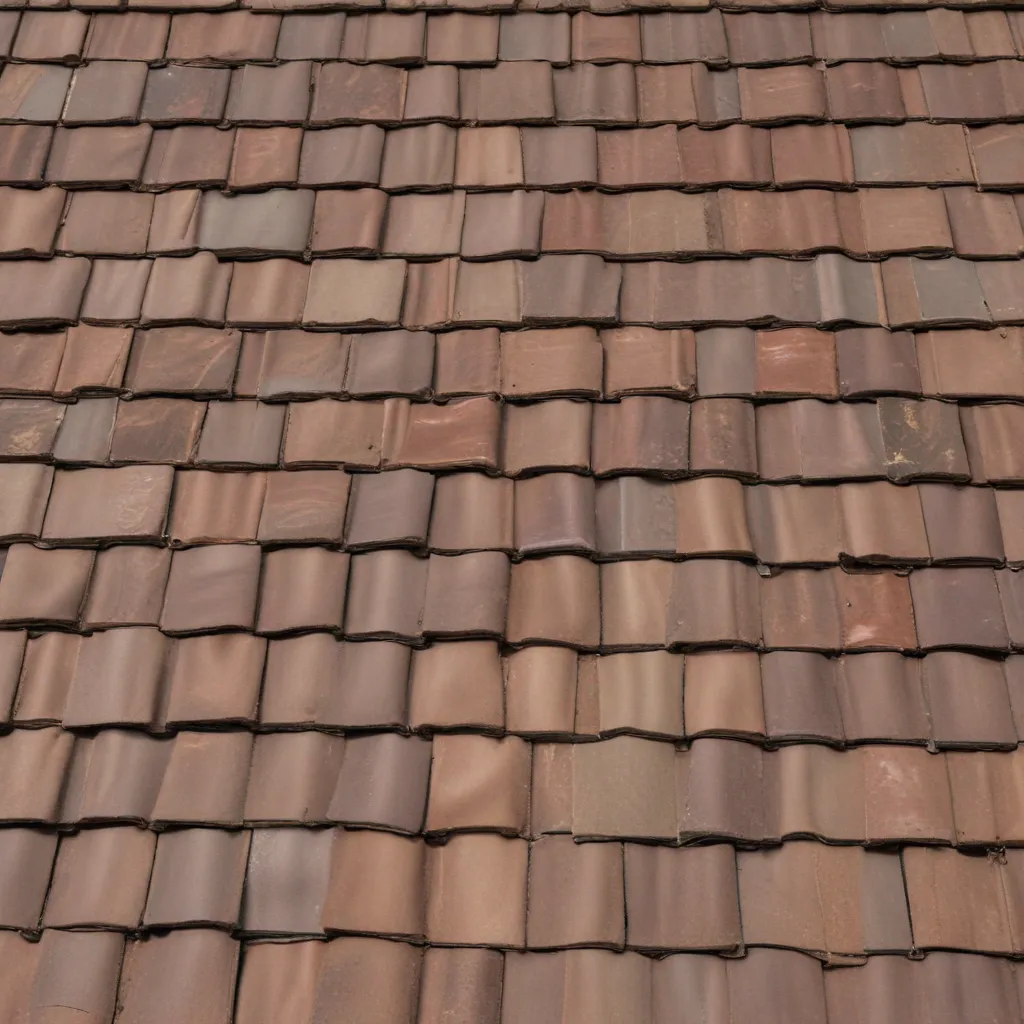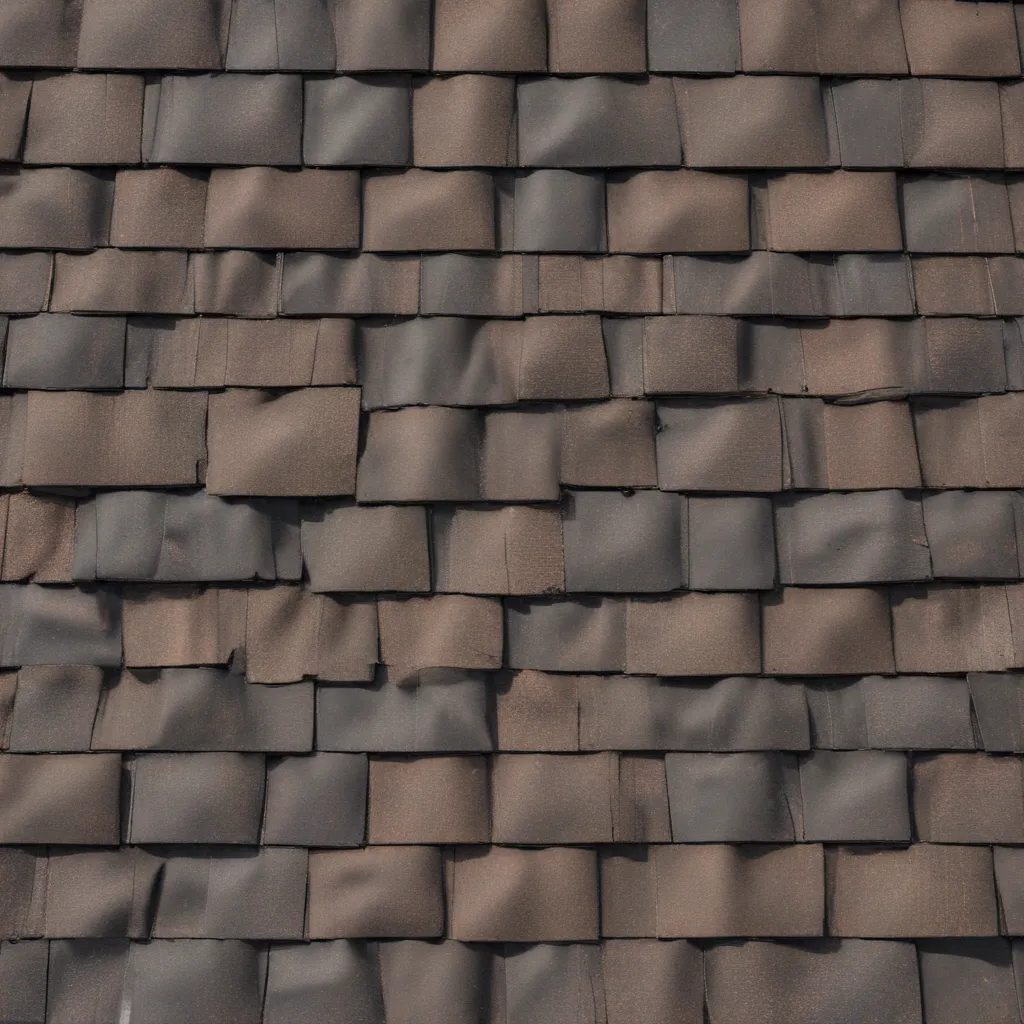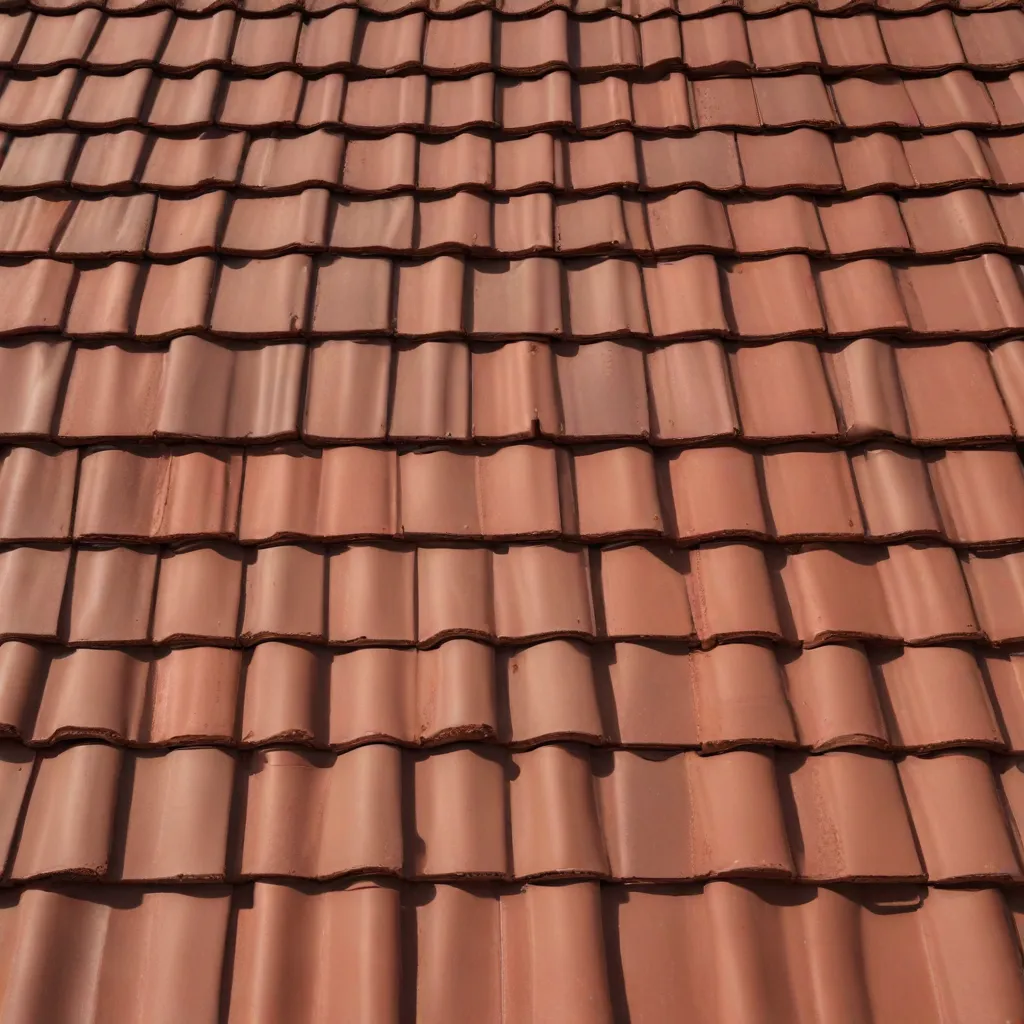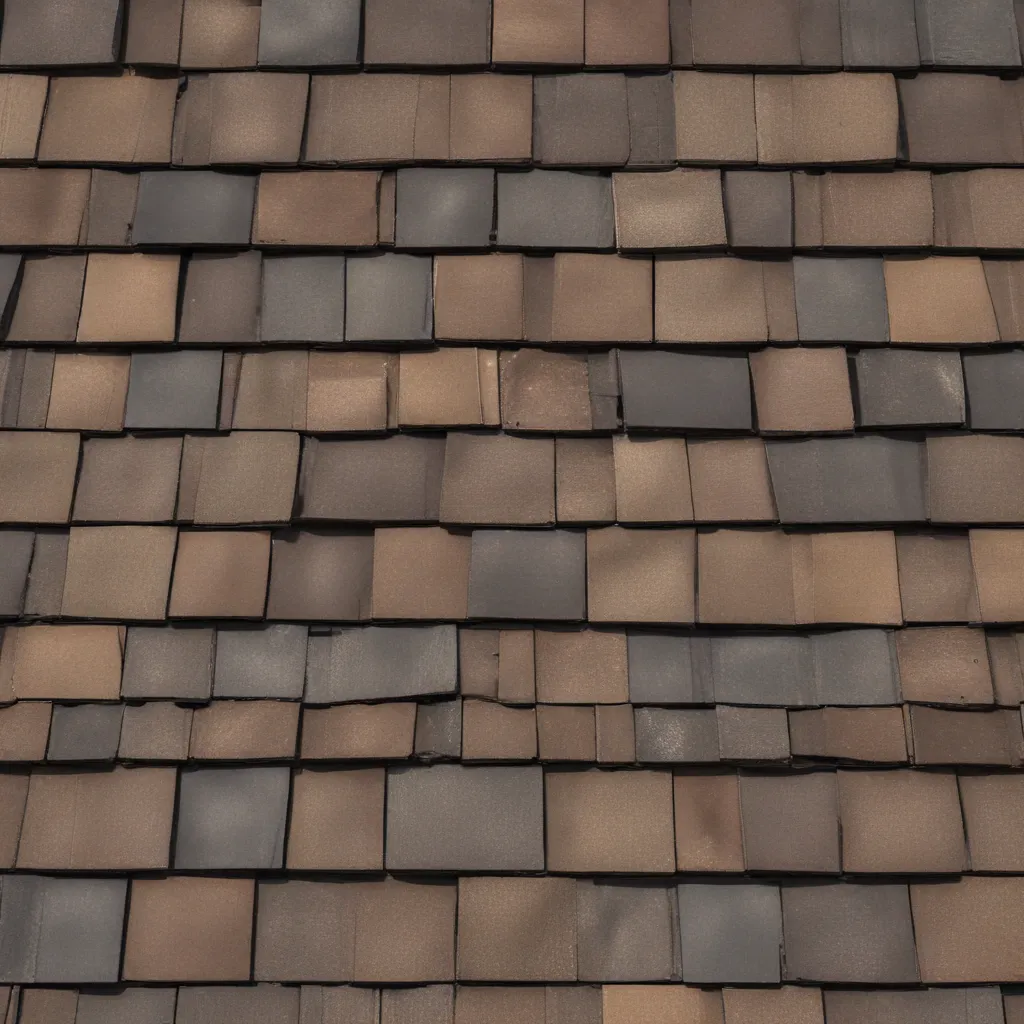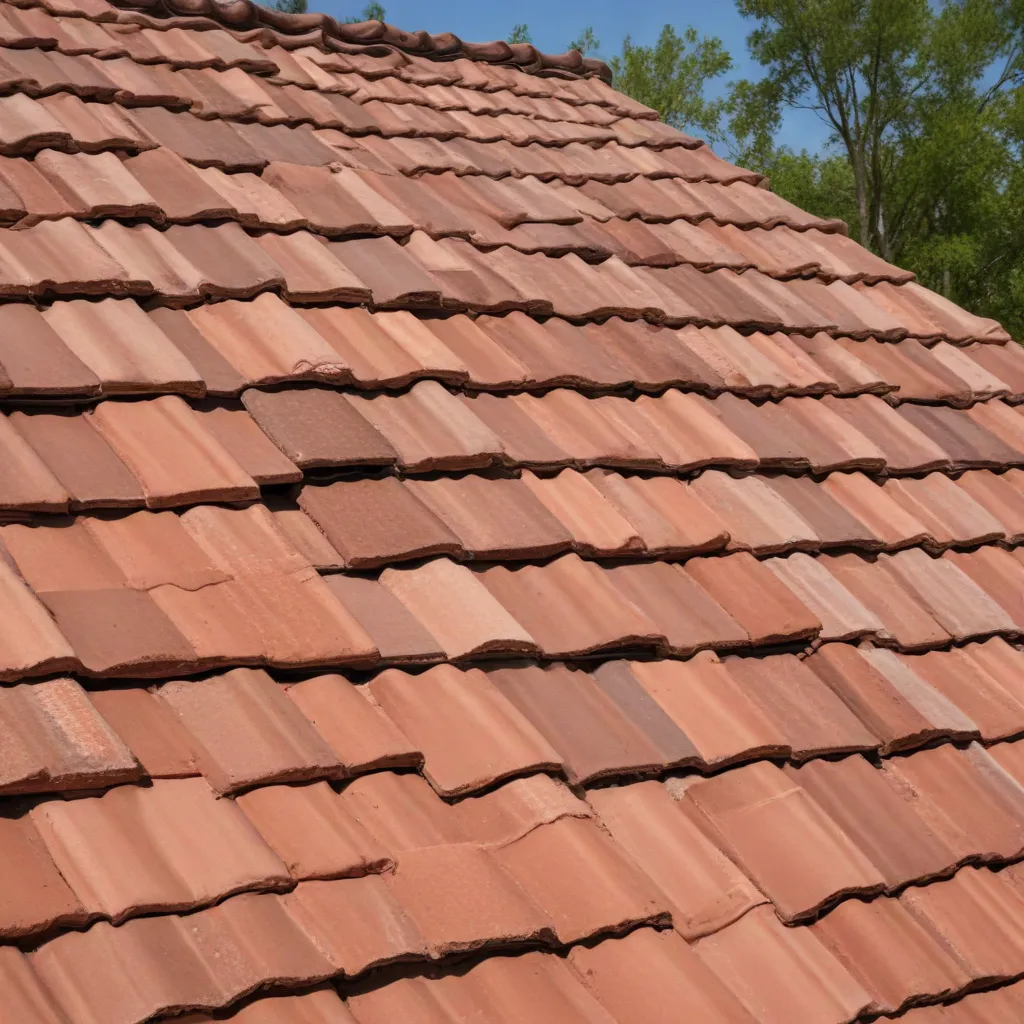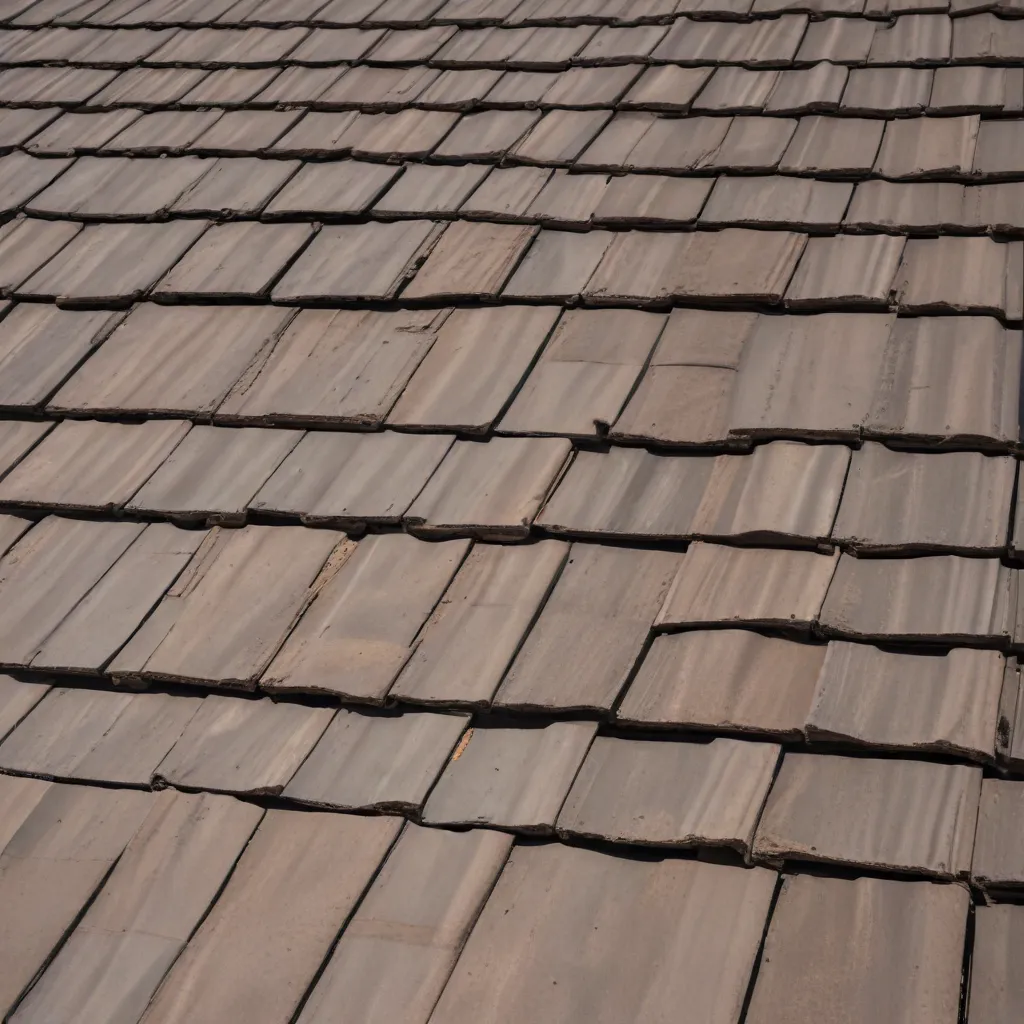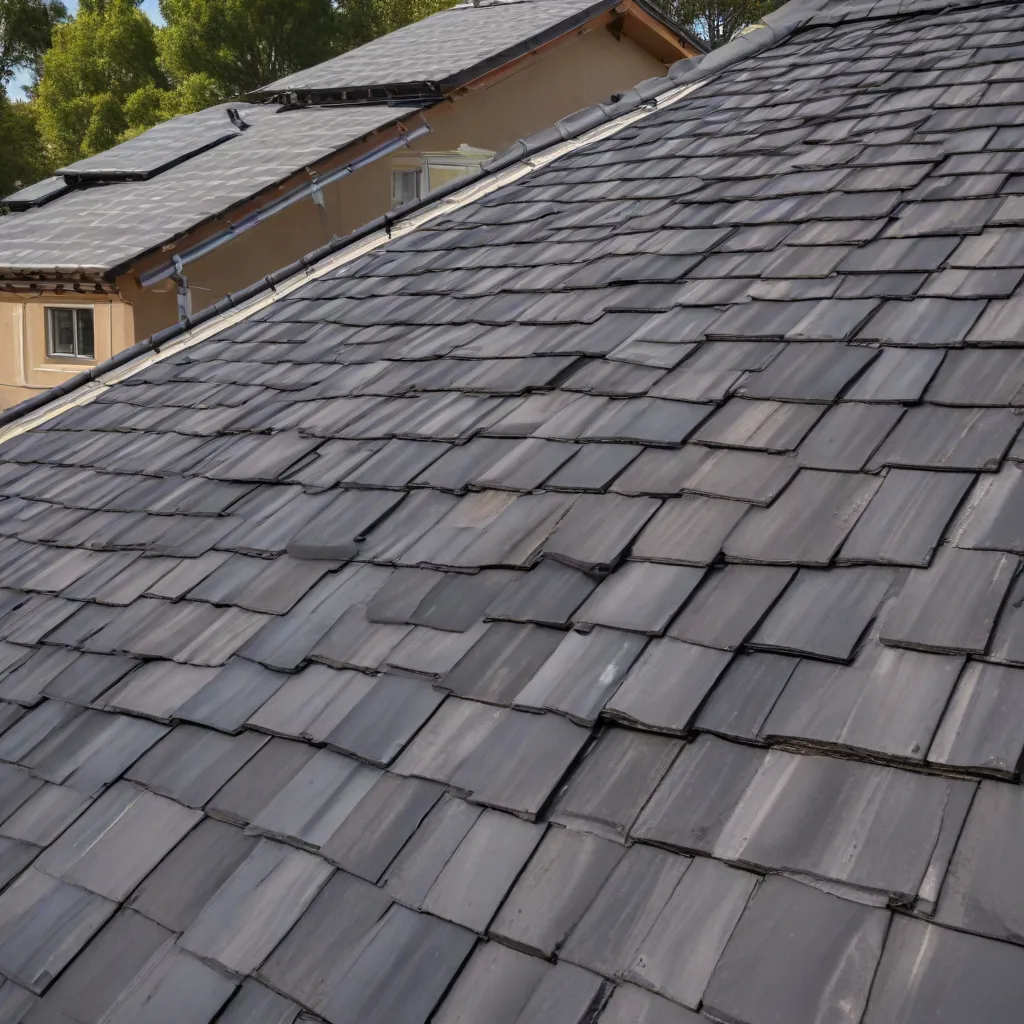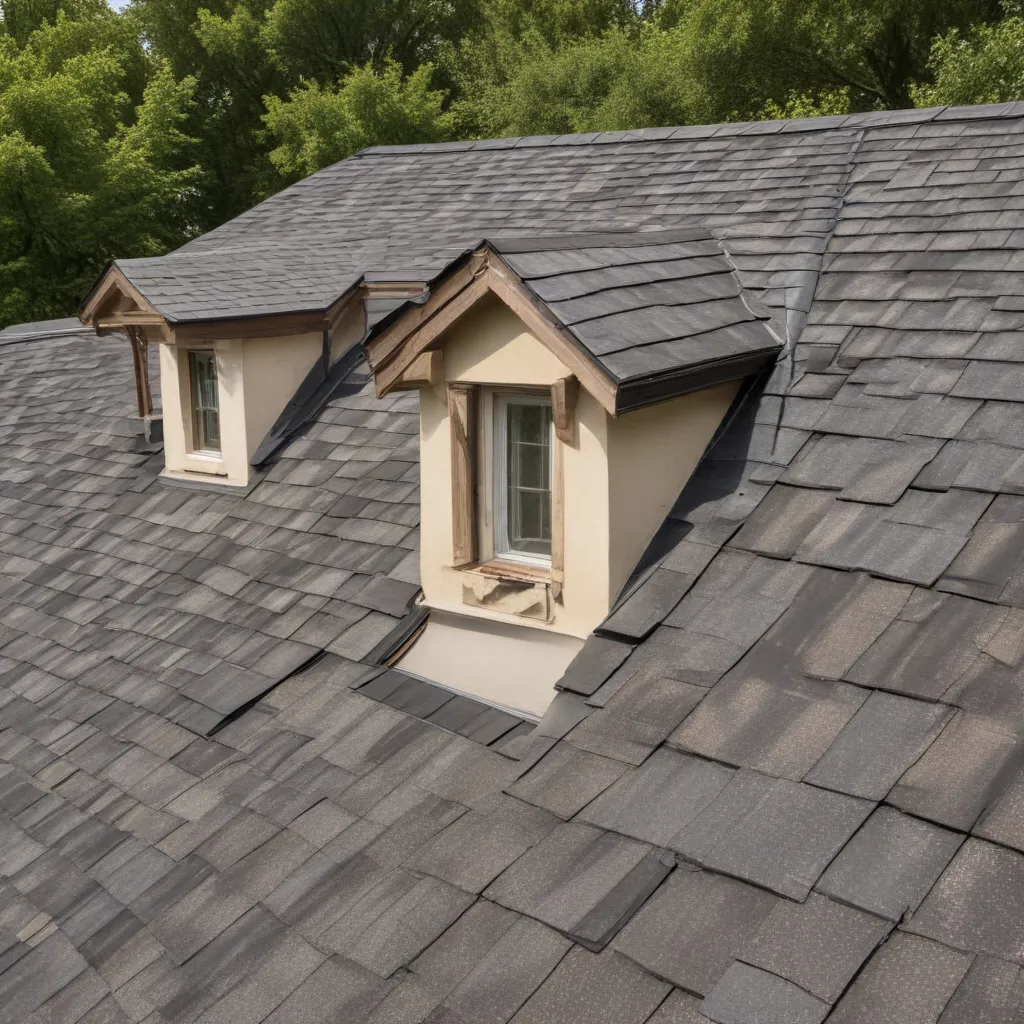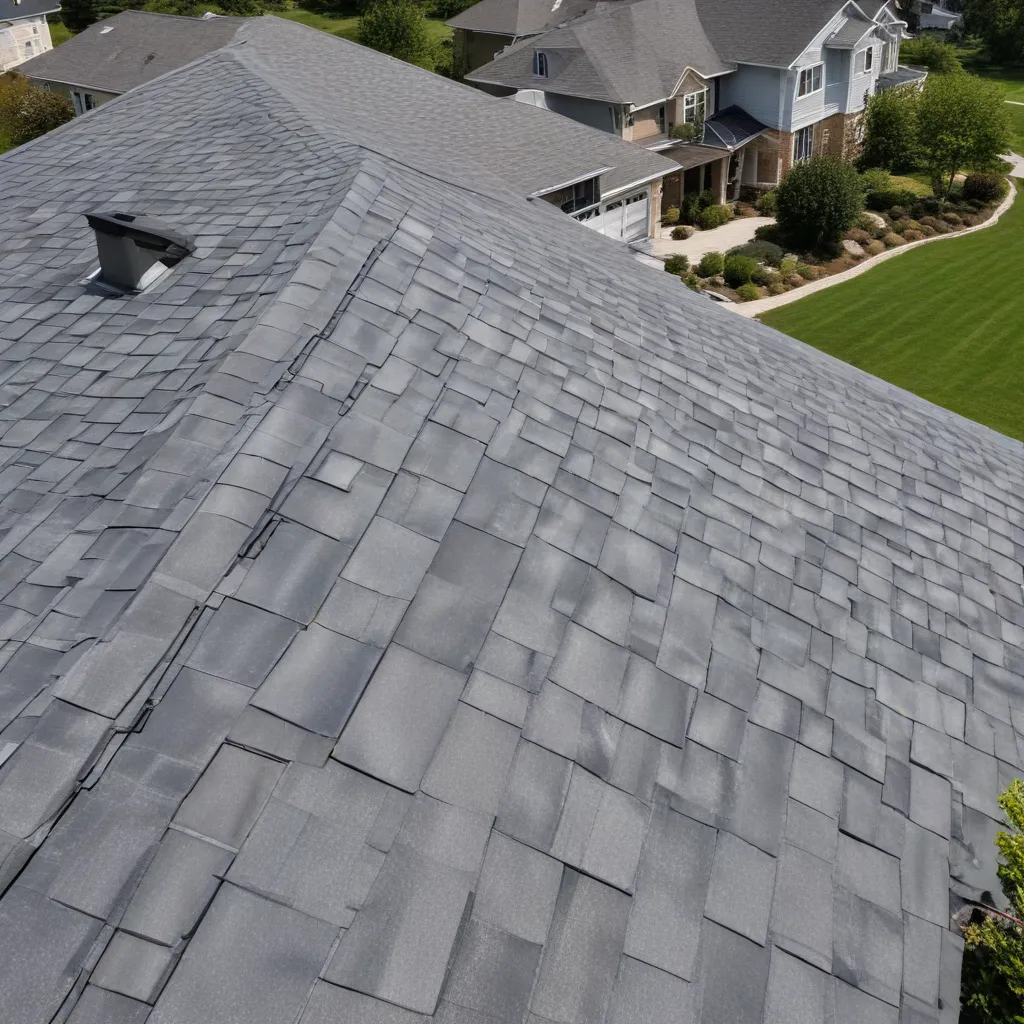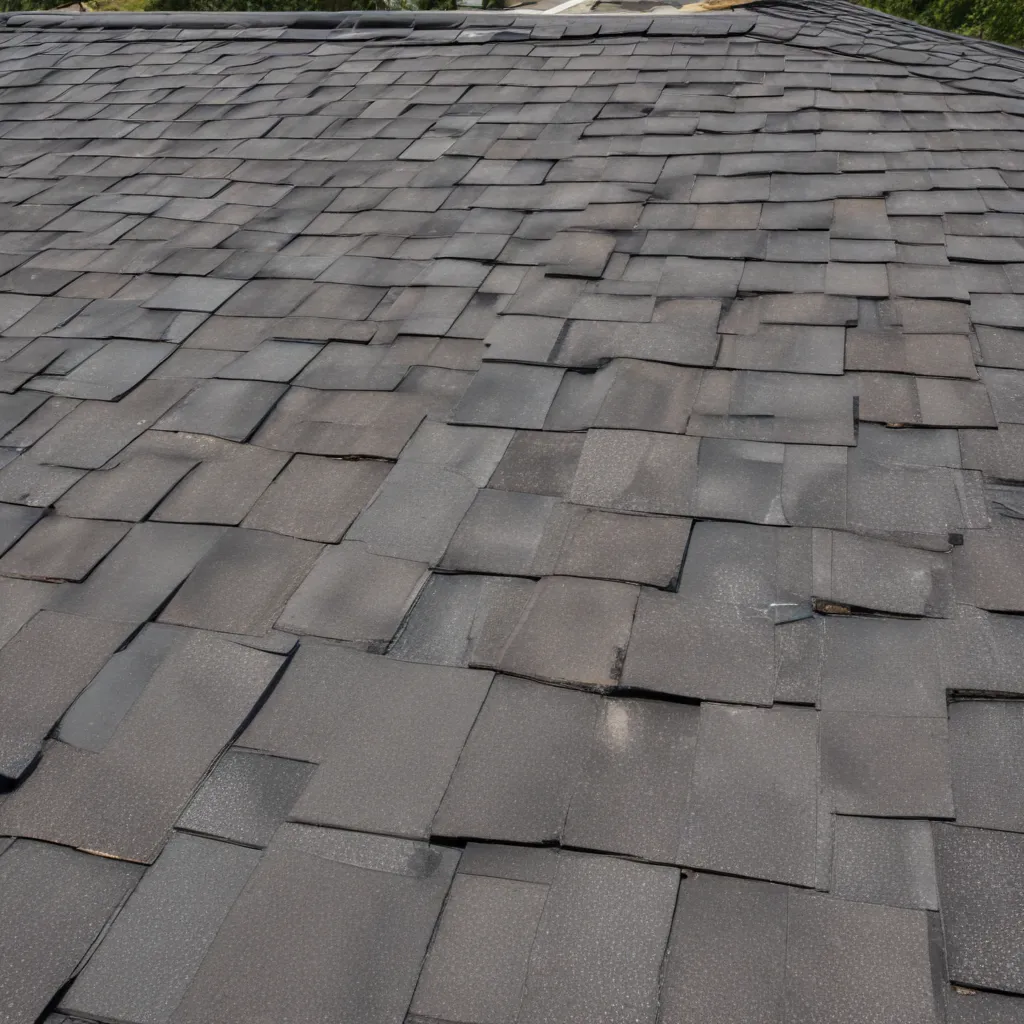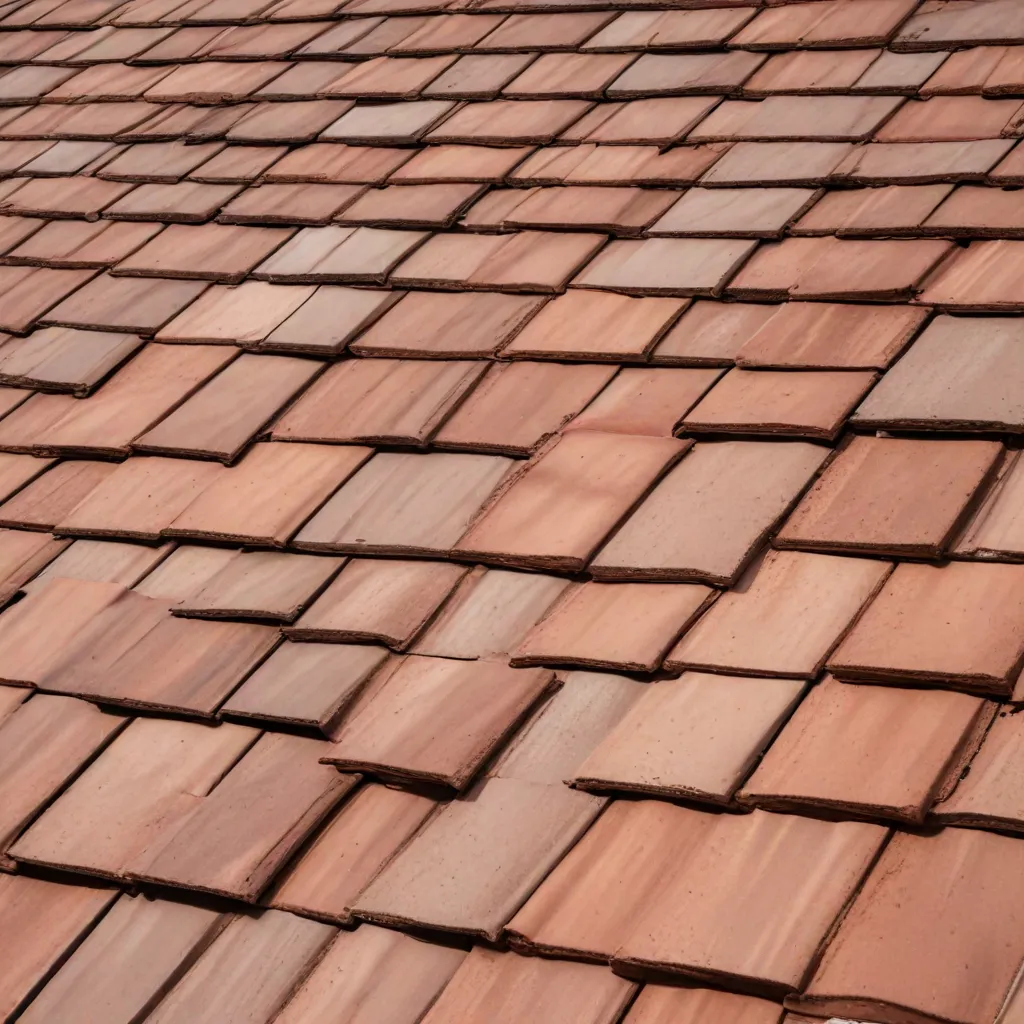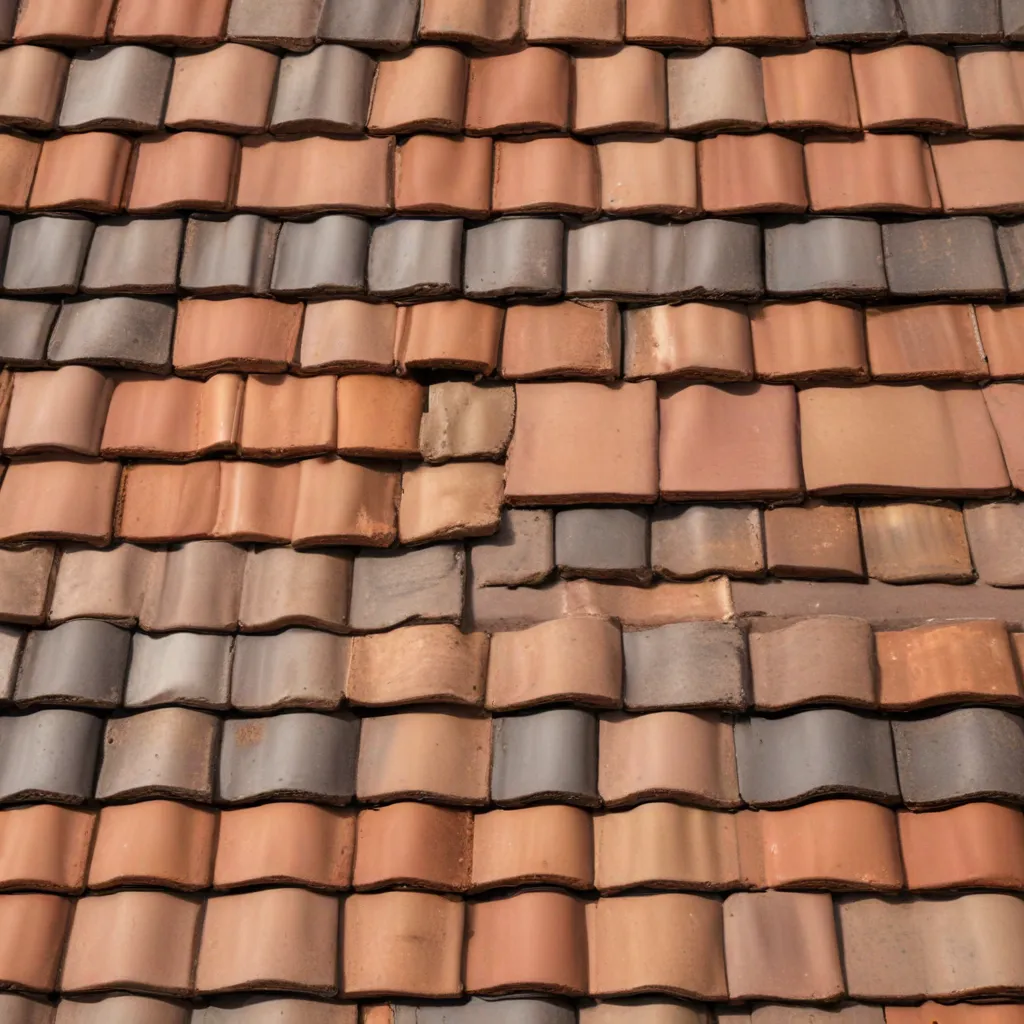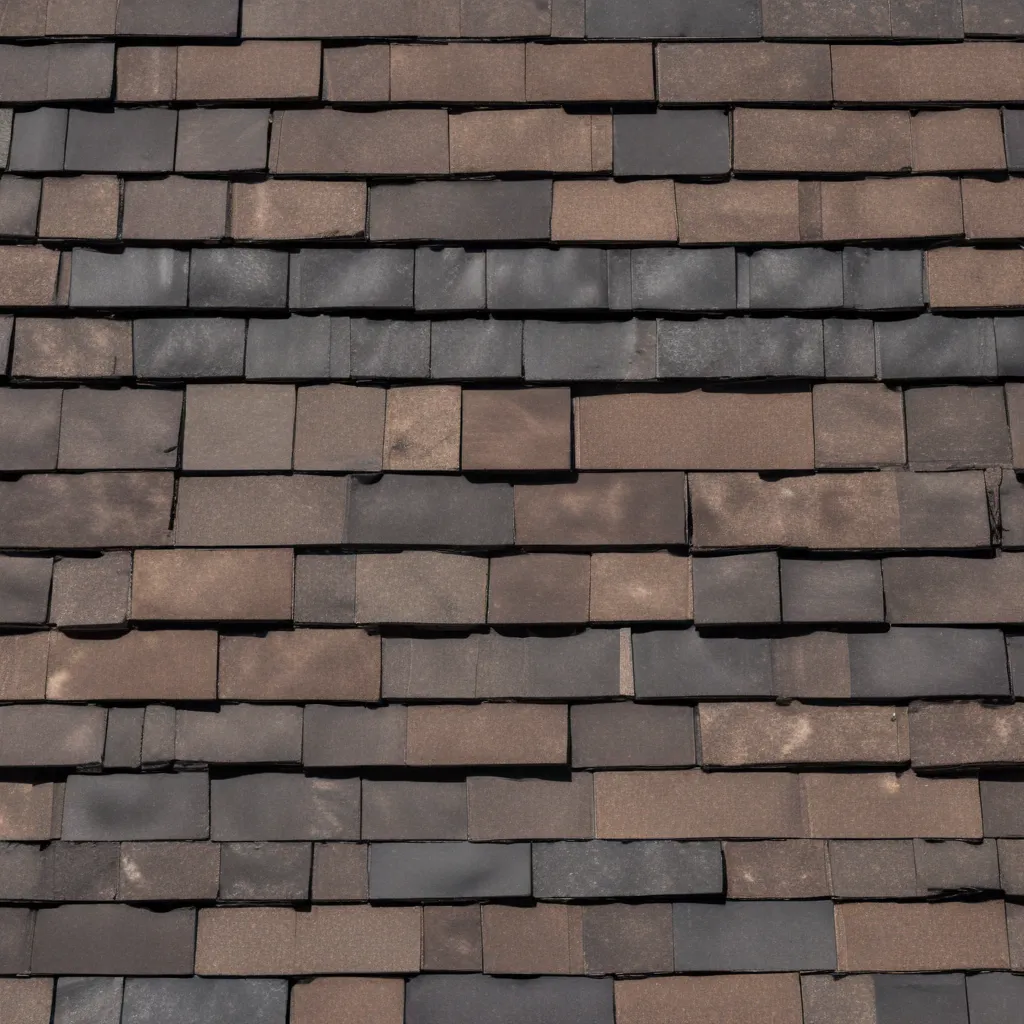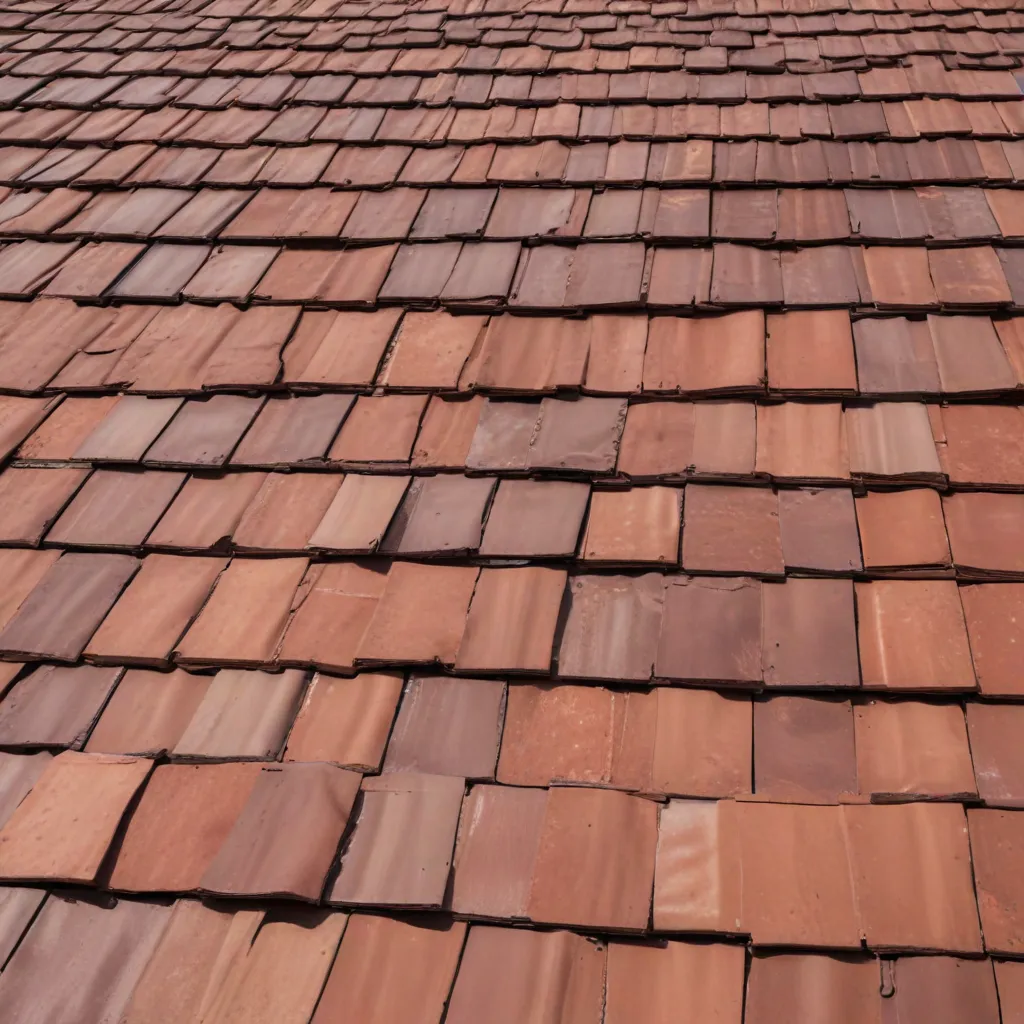Roof Damage Prevention Tips From Professional Contractors

Roof damage can be avoided if you take some preventative measures. For starters, keep your roof clean. Debris can cause major damage to a roof, particularly if it becomes wet. In addition, it can become a home for critters like rodents and crawlers. During winter, it is also important to remove any standing ice from your roof.
Checking for holes in shingles
You should check your roof regularly for holes, because even a small hole in your shingles can cause a leak or damage your roof. You should also check for mounting brackets for satellite dishes and antennas, as they may also drill holes into your shingles. If you find such a hole, pull out the bracket and patch it. Otherwise, you can contact a professional roofer.
Before hiring a roofer to repair your roof, you should carefully inspect it for signs of leaks. A leaky roof can ruin interior paint and can cause dampness in your attic. It can also rot the wood underneath your shingles. If you have any of these signs, it’s time to check your roof for holes and repair them as soon as possible.
The most obvious place to look for damage is in the shingles. The weather can damage the shingles and cause them to crack and come loose. Those visible damages are easy to spot, but cracks and holes are more difficult to notice.
Inspecting siding and gutters
One of the most important steps in preventing roof damage is inspecting the siding and gutters of your home. Weather and other elements can cause damage to your home’s siding and gutters, which can result in leaks and rot. The gutters and siding should be properly caulked and sealed to prevent moisture from getting in.
Your siding and gutters should be free of loose shingles and rotting soffits. They should also be cleaned and checked for clogs. You should also check your downspouts to see if they have any damage. If they are clogged, you need to have them cleaned or replaced. The flashing around your roofline should also be checked to make sure it is not damaged.
Using binoculars to inspect your gutters and siding can help you identify areas of potential leakage. If you see pinprick holes or water stains, it’s possible that there’s a leak. Also, inspect the fasteners on the gutters. They shouldn’t have large hanger spikes or protruding from the front edge. You can also try hammering loose fasteners back into place with a hammer blow.

